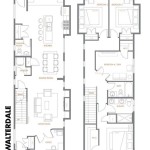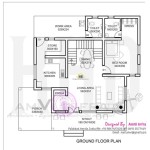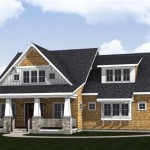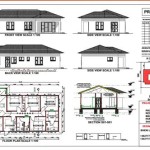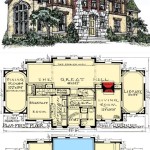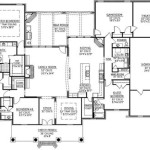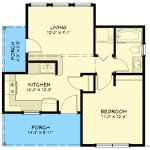Essential Aspects of Pig Housing Plans
Providing optimal housing conditions for pigs is crucial to ensure their health, welfare, and productivity. Well-designed pig housing plans consider various factors that contribute to the well-being of the animals. Here are the essential aspects to consider:
Adequate Space and Layout
Sufficient space is essential to reduce overcrowding and promote pig movement. Housing designs should provide enough room for pigs to rest, eat, drink, and interact with each other. The layout should allow for proper ventilation, ease of cleaning, and observation of the animals.
Temperature and Humidity Control
Pigs are sensitive to extreme temperatures and humidity. Housing designs should incorporate systems for regulating temperature and humidity to maintain a comfortable environment. Insulation, ventilation, and heating/cooling systems play a vital role in keeping pigs healthy and productive.
Ventilation and Air Quality
Proper ventilation is crucial to maintain good air quality and prevent the accumulation of harmful gases. Pig housing should have adequate ventilation systems to provide fresh air, remove odors, and reduce the risk of respiratory problems. Air filters and negative pressure systems can help ensure optimal air quality.
Flooring and Drainage
The type of flooring used can significantly impact pig comfort and hygiene. Concrete floors are common due to their durability and ease of cleaning. However, they can be hard on pigs' feet and joints. Alternative flooring materials, such as rubber mats or slatted floors, provide better comfort while allowing for drainage and waste removal.
Pen Design and Equipment
Pen design and equipment should facilitate easy feeding, watering, and waste management. Feeders and waterers should be accessible to all pigs and designed to minimize spillage and contamination. Automatic feeding and water delivery systems can improve efficiency and ensure a consistent supply of feed and water.
Environmental Enrichment
Providing environmental enrichment is essential for pig welfare. This includes providing toys, straw, or other objects that encourage natural behaviors and reduce boredom. A stimulating environment can improve mental well-being and reduce stress levels.
Disease Control and Sanitation
Pig housing designs should incorporate measures for disease control and sanitation. Regular cleaning and disinfection are vital to prevent the spread of diseases. Biosecurity protocols, such as separate entry and exit points, can help reduce the risk of disease introduction.
Sustainability Considerations
Modern pig housing plans increasingly consider sustainability factors, such as energy efficiency and environmental impact. Using renewable energy sources, optimizing water usage, and managing waste effectively can reduce the environmental footprint of pig production.
Conclusion
Well-designed pig housing plans play a significant role in ensuring animal welfare, productivity, and sustainability. Considering the essential aspects outlined above helps create a housing environment that meets the needs of pigs throughout their life cycle, resulting in healthier, more productive animals and a responsible approach to pig farming.

Floor Plan Of Three Pig Housing Rooms In A Study On The Effects Scientific Diagram

Floor Plan Of The Organic Growing Finishing Pig Building Scientific Diagram

Modified Open Front Swine Finishing Building

Construction Plan For The Dl Pen A And Pg B Scientific Diagram

How To Farm Pigs Housing The Pig Site

Pig House Plans Howtospecialist How To Build Step By Diy

Livestock Kenya Pig Housing Plans For Small Scale Farmers

Pig House Design Farming Equipment Manufacturing

Confinement Sow Gestation And Boar Housing Pork Information Gateway

Housing Requirements Of Pigs Agriorbit


